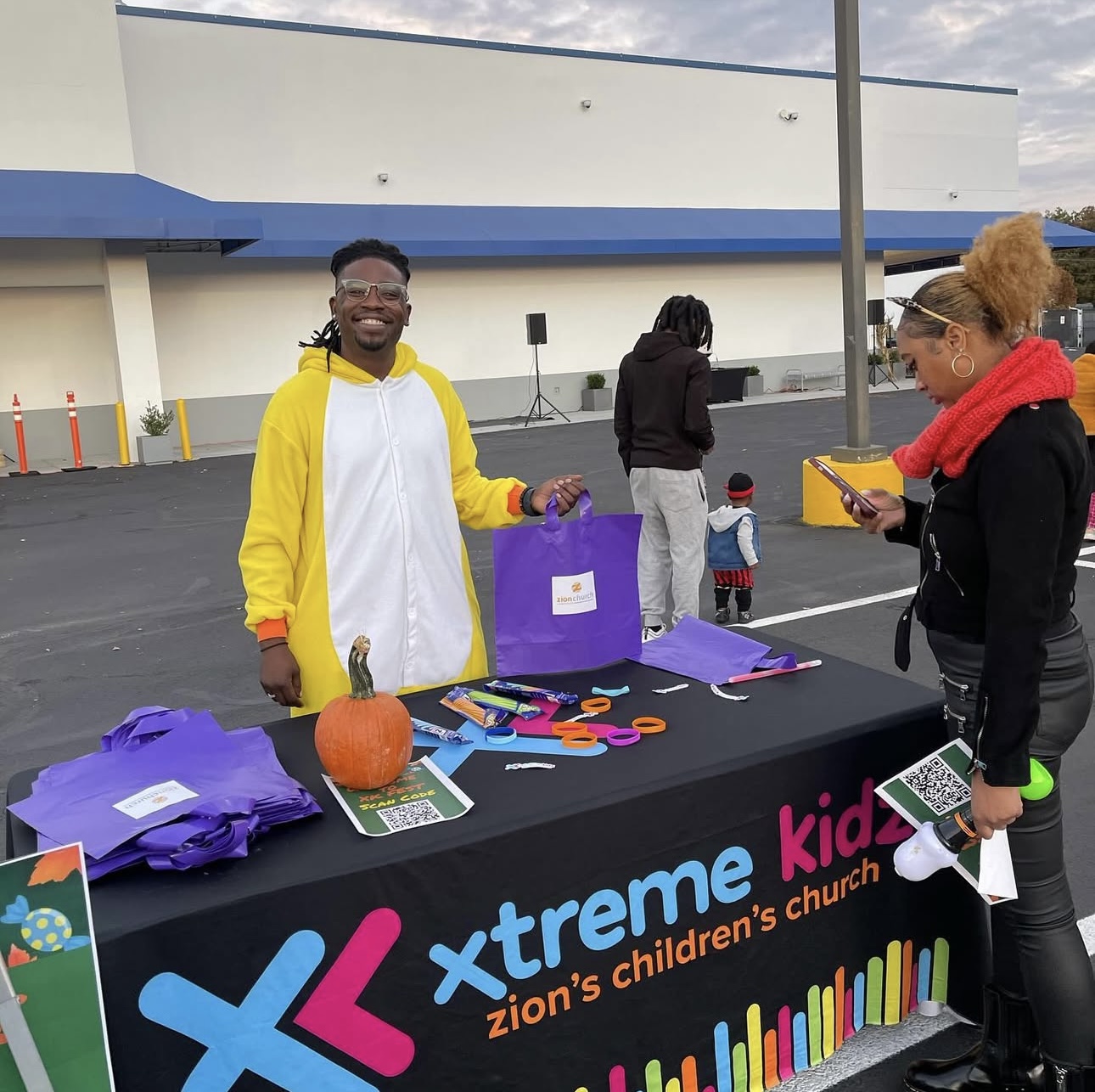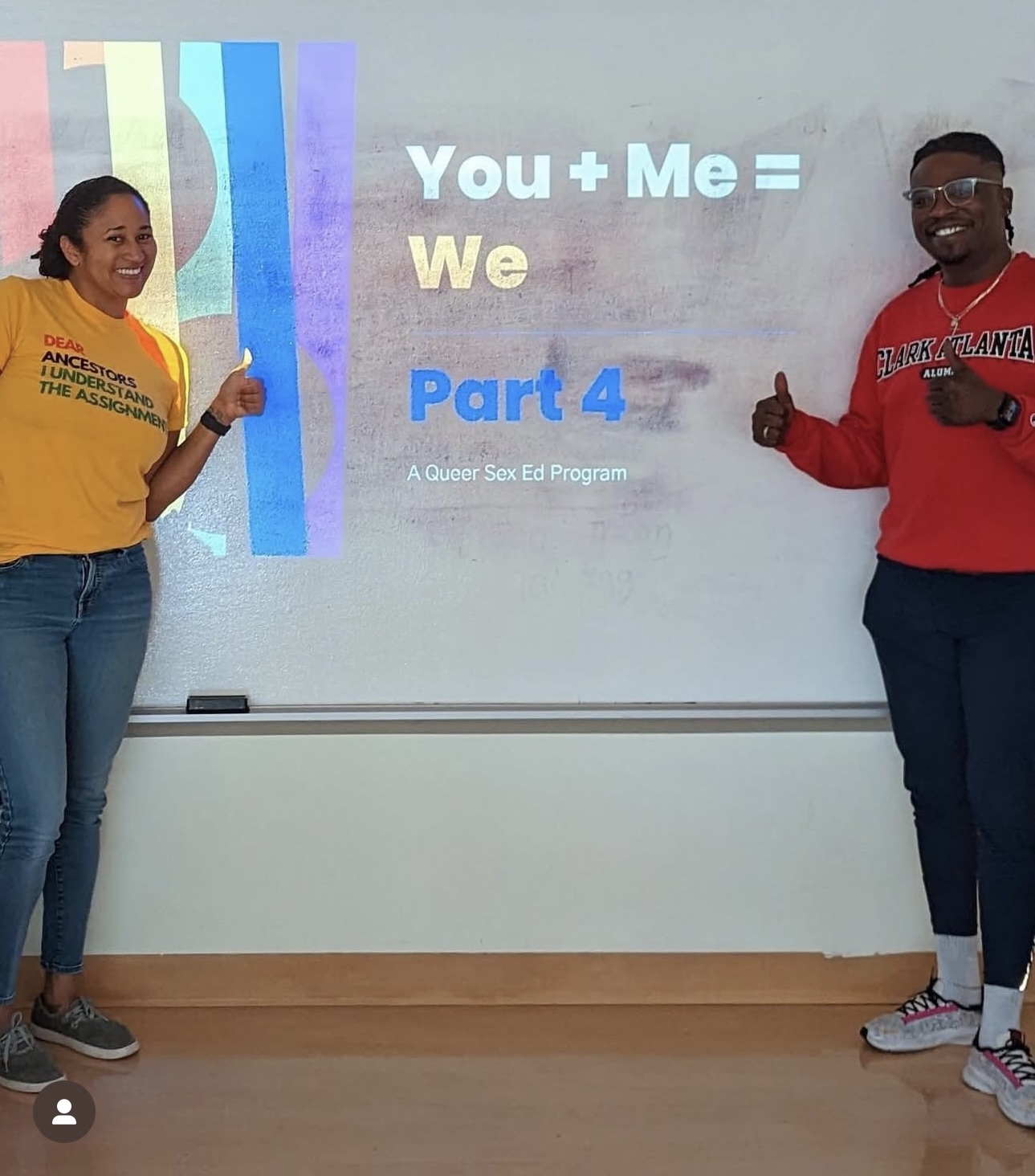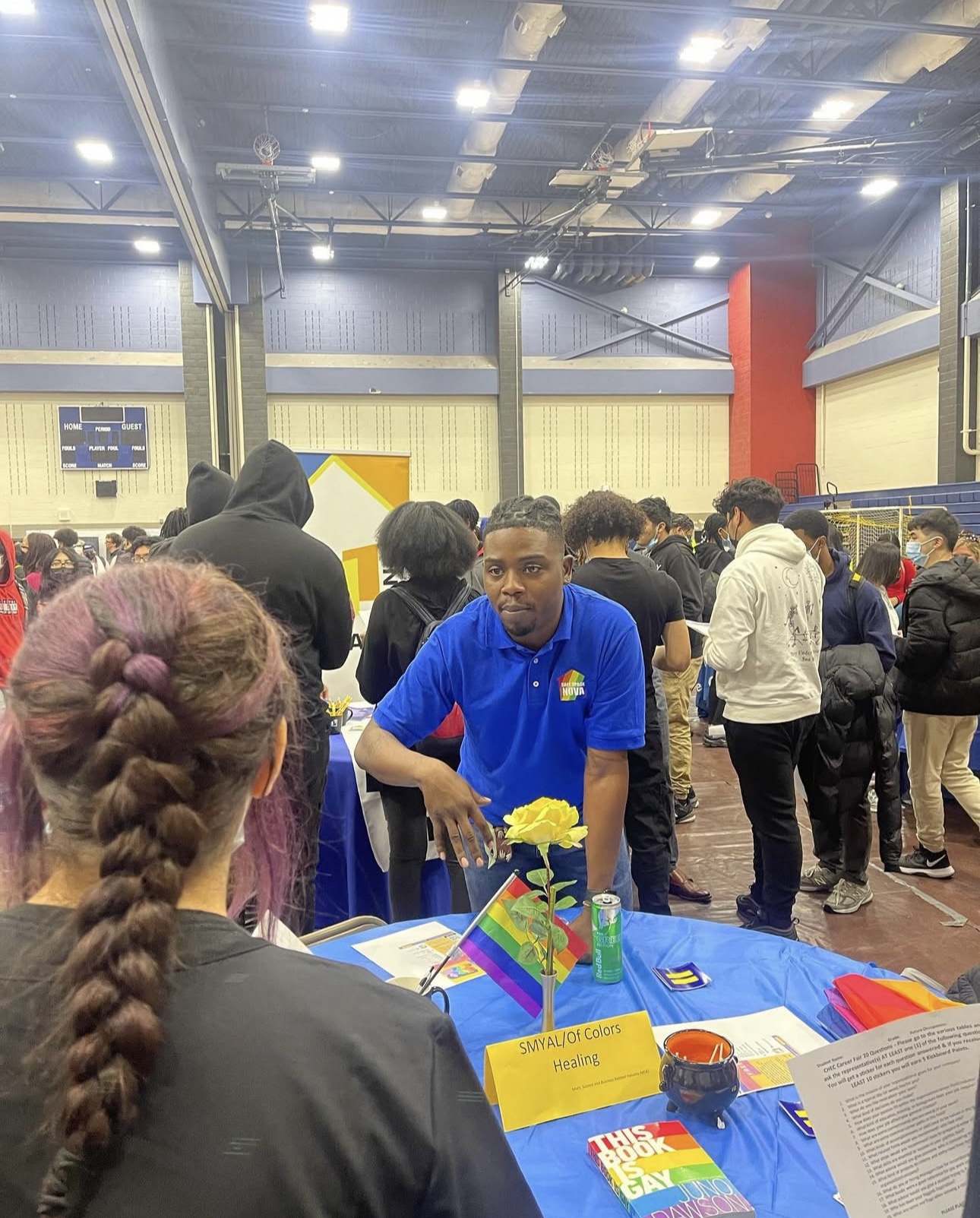Alright – so today we’ve got the honor of introducing you to Jerry St Louis. We think you’ll enjoy our conversation, we’ve shared it below.
Jerry, looking forward to hearing all of your stories today. Was there a moment in your career that meaningfully altered your trajectory? If so, we’d love to hear the backstory.
“Why I Opened My Own Practice”
I never set out to open a private practice. In fact, I spent years learning how to survive before I ever learned how to build — and those hard‑won lessons inform everything I do today.
A decade ago, crystal meth had my life on mute. In my early sobriety I accompanied a friend to a Crystal Meth Anonymous meeting. Out of roughly 25 people, just three of us were Black. When the only other Black man broke down while sharing, the room froze. No one moved to comfort him. Afterward he told me it always happened that way; even among people who shared the same drug and the same pain, he still felt alone.
That moment crystallized what I later wrote in my article “Black Gay Men and Crystal Meth: My Story” In queer recovery spaces, many white men celebrate Black bodies on hookup apps—“BBC + T” flashing like neon—but go silent when Black pain surfaces in real life. For us, addiction becomes a disease of isolation layered with racism: we’re fetishized when high, ignored when hurting.
I’ve been a client and provider. My own Medicaid paperwork and intake forms echoed the files I used to fill out for others. That dual perspective—plus hard-won trust inside the “elusive community of crystal‑meth users”—showed me how thin the safety net really is for Black gay men. We need culturally specific services, yet most of us are pointed to programs designed for affluent white users. In my article I highlighted rare bright spots: Us Helping Us and Whitman‑Walker in D.C., and New York’s Ike & Tina meeting that centers Black queer and trans recovery.
I opened my doors because someone once opened theirs for me—because scaffolding saved my life, and everyone deserves solid ground. If crystal meth taught me anything, it’s that rock bottom is just a foundation waiting for blueprints. My private practice is those blueprints made public: a place where recovery, sexuality, and identity aren’t departments but dimensions of the same, beautifully complicated person.
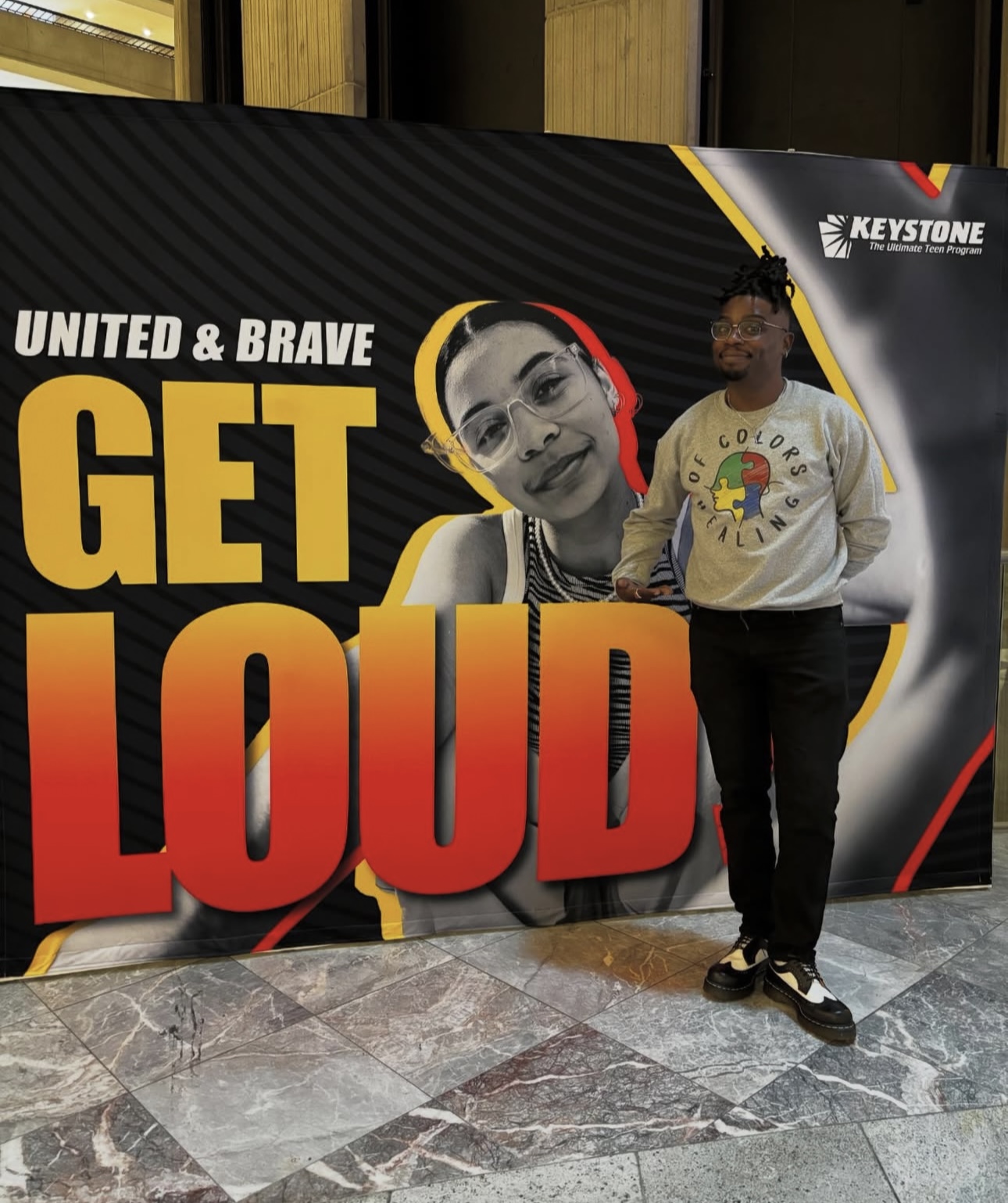
Great, appreciate you sharing that with us. Before we ask you to share more of your insights, can you take a moment to introduce yourself and how you got to where you are today to our readers.
I’m Black, gay, and sober, and I’ve sat on both sides of the social‑service table—first as a client clawing my way into Medicaid‑funded rehab, later as a licensed independent clinical social worker ushering others through the same maze. Recovery taught me that therapy isn’t a luxury; it’s scaffolding. It also showed me every rotten plank in that scaffold for folks who look like me.
Inside queer recovery rooms, I watched white men pass around hugs like party favors while the few Black men sat invisible in the corner. On dating apps those same guys advertised “BBC + T,” fetishizing us when they were high, yet freezing when we cried in meetings. Racism was the elephant in every room—loud, unacknowledged, crushing. That isolation nearly sent me back to the pipe, until I realized I could build the community I kept searching for.
So I founded Of Colors Healing, LLC, a practice where culture, recovery, disability, and sexuality aren’t separate checkboxes but braided strands of the same story. Where clients can slide their fees on a scale that respects rent week. A space where individuals in meth‑recovery can speak without code‑switching and a teen with Down syndrome can learn that no and yes are both complete sentences.
But therapy alone couldn’t mend the pleasure gap I kept seeing. After sessions, clients whispered that standard sex toys felt like afterthoughts—too heavy for arthritic hands, too loud for trauma‑tuned ears, too hetero‑shaped for queer bodies. If healing is the right to feel good in your skin, where were the tools that honored every body?
Enter The Pleasure Spectrum, my adaptive sex‑toy line stamped with the promise “Pleasure for EVERY body.” We offer various shipping options, including free shipping and express shipping, to a wide range of countries.
Still, the work felt unfinished without reaching the next generation. That’s why I created YOU + ME = WE, a queer‑centric sex‑ed and healthy‑relationships program for LGBTQ+ youth in partnership with Safe Space NOVA. Over four hybrid sessions—part Zoom, part in‑person—young folx dive into body autonomy, consent, safer‑sex practices, communication, and boundary‑setting. The title says it all: when you and me share knowledge, we build something stronger than the sum of its parts. It’s more than lessons; it’s a toolkit for feeling safe and empowered in love, like, and everything between.
Together, Of Colors Healing, The Pleasure Spectrum, and YOU + ME = WE solve a three‑part problem: a mental‑health system that erases culture, a pleasure market that erases disability, and a sex‑ed landscape that erases queer youth. What sets us apart isn’t just the intersectional lens; it’s that I lived the Venn diagram. My proudest moments are watching a client earn a one‑year meth‑free chip and then co‑facilitate the next group, hearing a 17‑year‑old announce “I own my body” while holding a toy designed for her grip, and seeing queer teens leave a workshop saying, “I finally feel prepared.”
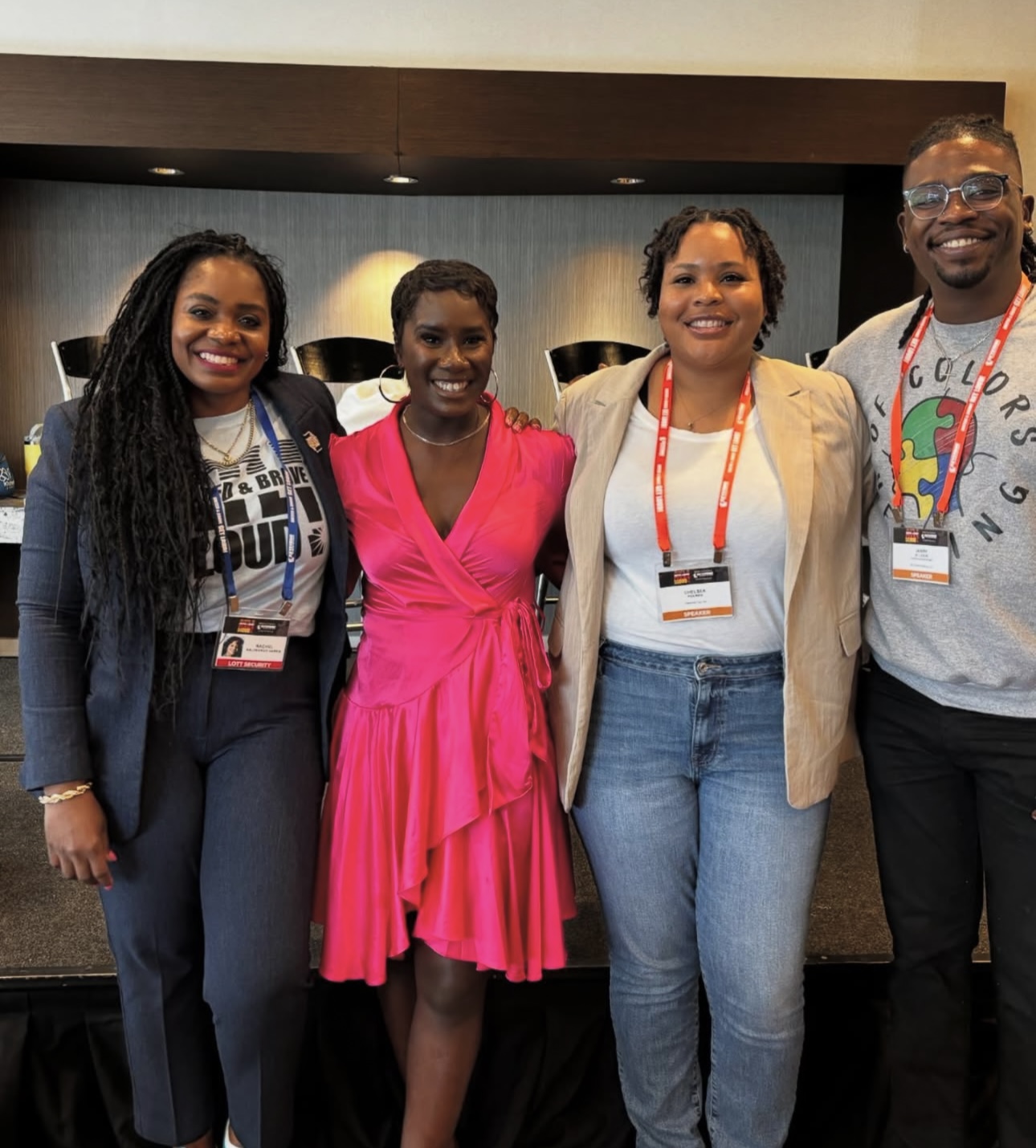
Can you share a story from your journey that illustrates your resilience?
Back in rural Haiti, the only asset my father owned was a skinny brown cow that grazed behind his cinder‑block home. He sold that cow for two precarious spots, one for him and one for my pregnant mother, on a raft that would cram over a hundred passengers. 12 days later—dehydrated, blistered, and running on faith—they were hauled from the Atlantic by the U.S. Coast Guard. Processed and paroled on American soil, they clutched a single vow: timoun yo pap janm viv lavi sa—the children will never live this life.
Growing up Black, gay, Haitian, and Southern felt like juggling four glass balls no one else could see. Church ladies pinched my cheeks and asked if I had a girlfriend yet. School kids mocked my sing‑song accent—half island lilt, half Panhandle drawl—and called me “sissy” when I hummed Beyoncé under my breath.
But resilience was the family dialect. Mom pressed uniforms at dawn, whispering, “Espwa a pa te pou gremesi—Hope was not for nothing.” And my dad worked at least two jobs for as long as I can remember.
In high school I buried queerness beneath honor‑roll certificates, advanced classes and shifts at the movie theaters.
College offered bigger skies. I traded secrecy for a rainbow wristband and joined an LGBTQ+ organization. Today I counsel queer Black Southerners wrestling with addiction and identity, and I design adaptive sex‑positive products whispering, “Pleasure is your birthright, too.” Every client who walks through my door carries some version of Espwa (spirit)—patched, sun‑bleached, yet buoyant.

What’s a lesson you had to unlearn and what’s the backstory?
I used to believe that struggling with money was a personal failure. That if my bank account was empty, it meant I was empty—undisciplined, irresponsible, incapable. That belief? It didn’t come from nowhere.
Growing up, money was a ghost we always chased but never caught. My dad, a sanitation worker, brought home every penny he earned, and my mom, a hotel housekeeper, stretched it like magic—until it broke. They didn’t have the luxury of talking about “financial literacy.” We survived. That was education.
So when I started making money of my own, I made the worst mistake possible: I pretended I was rich. I treated paychecks like hot potatoes—spend them fast before something else takes them. I didn’t budget. I avoided checking my balance. I thought financial stability would magically come once I “made enough.” But no number in the world could fix the mindset I inherited.
I had to unlearn the shame around money. I had to learn that being broke was often a symptom of systems, not a reflection of my character. I had to teach myself budgeting from scratch, understand credit, and start having conversations that my parents didn’t have the privilege to teach.
The biggest shift came when I realized that money isn’t a measure of my worth—it’s just a tool. A powerful one, yes. But I could learn how to use it.
Now, I help clients in my therapy practice unpack their own stories around money—especially those of us from working-class, immigrant, or marginalized backgrounds. Because it’s not just about numbers. It’s about healing.
And that healing starts when we stop believing that being broke means we’re broken.
Contact Info:
- Website: https://ofcolorshealing.clientsecure.me/
- Instagram: https://instagram.com/ofcolorshealing
- Linkedin: https://www.linkedin.com/in/jerry-st-louis-cst-licsw-aa429013b/
